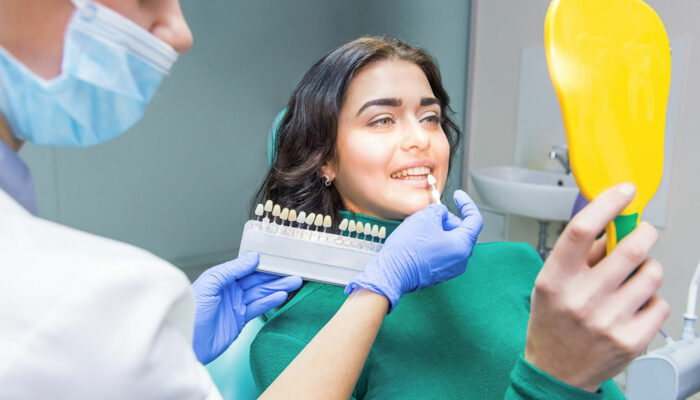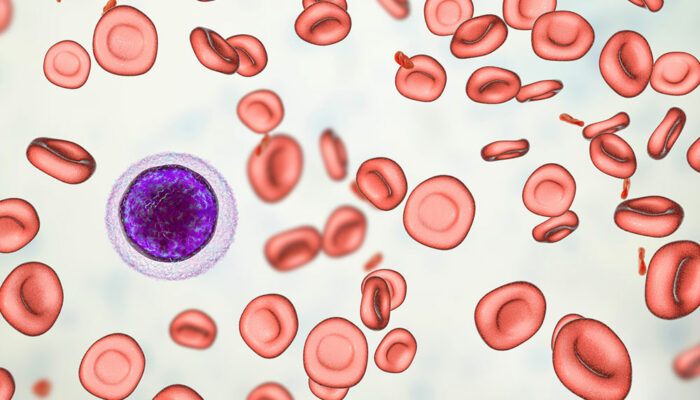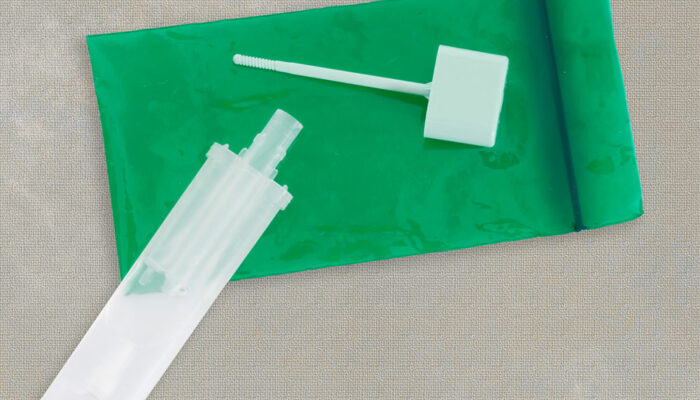
health
Neuropathy management – Top 4 foods to avoid
Eating healthy foods and getting the right nutrients are important for maintaining a healthy metabolism and supporting vital organ functions. Food is fuel for the body. However, the types of foods and beverages consumed lack essential nutrients and cause health conditions. For example, many foods can worsen symptoms of chronic conditions like neuropathy, which is why eating the right foods is essential. Here are the top foods to avoid for neuropathy: Sugary snacks like chocolates Excess sugar consumption can dangerously spike blood glucose levels and trigger complications like diabetes-related flare-ups linked to neuropathy. In fact, hyperglycemia is one of the main causes of neuropathy. This is why one must eliminate sugar or moderately consume sweets like chocolates and pastries, starchy foods like potatoes, and simple carbohydrates like fruit juice concentrate. These food groups lead to an insulin imbalance, causing blood glucose to spike. Even condiments like artificial sweeteners and beverages like fruit juices and flavored sodas should be eliminated to manage neuropathy better. Salty foods like potato chips High sodium levels in the bloodstream can restrict blood flow and trigger numbness in certain areas where neuropathy affects the limbs. Limiting salt consumption and avoiding processed foods that contain excess salt, including potato chips, fatty foods, fried foods, deli meats, and canned foods preserved in a salt base, is recommended.
Read More 








